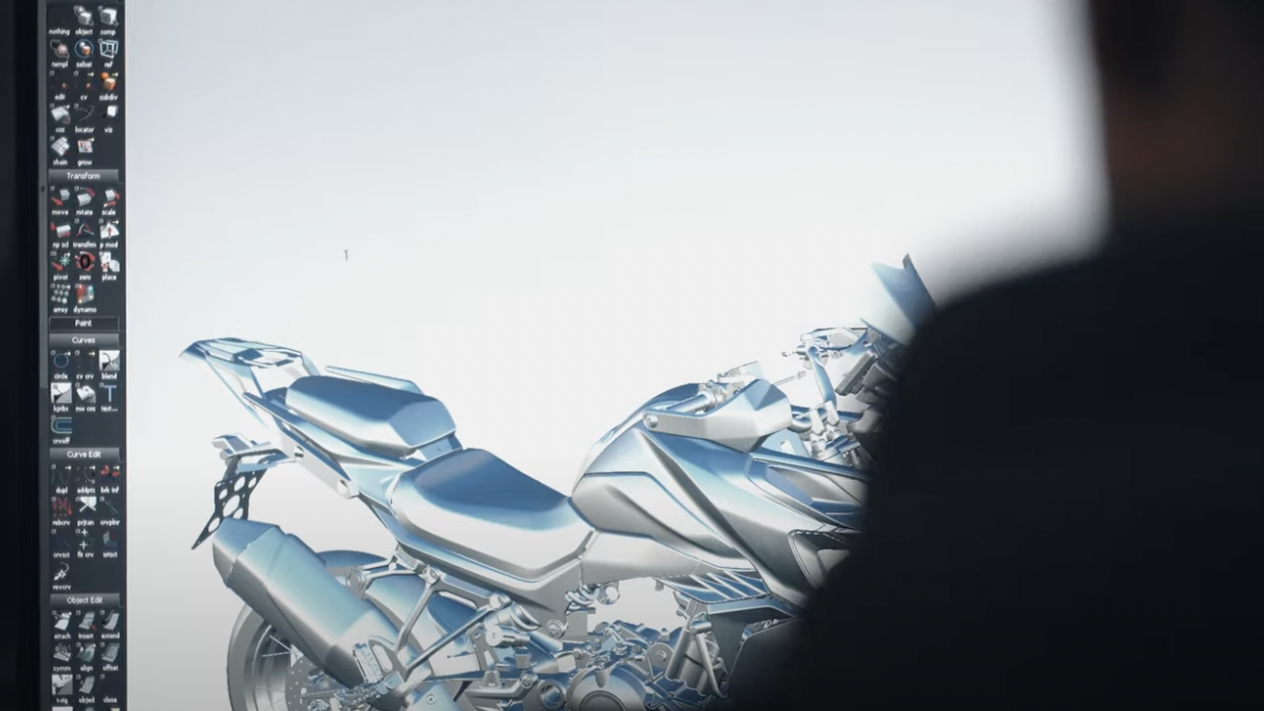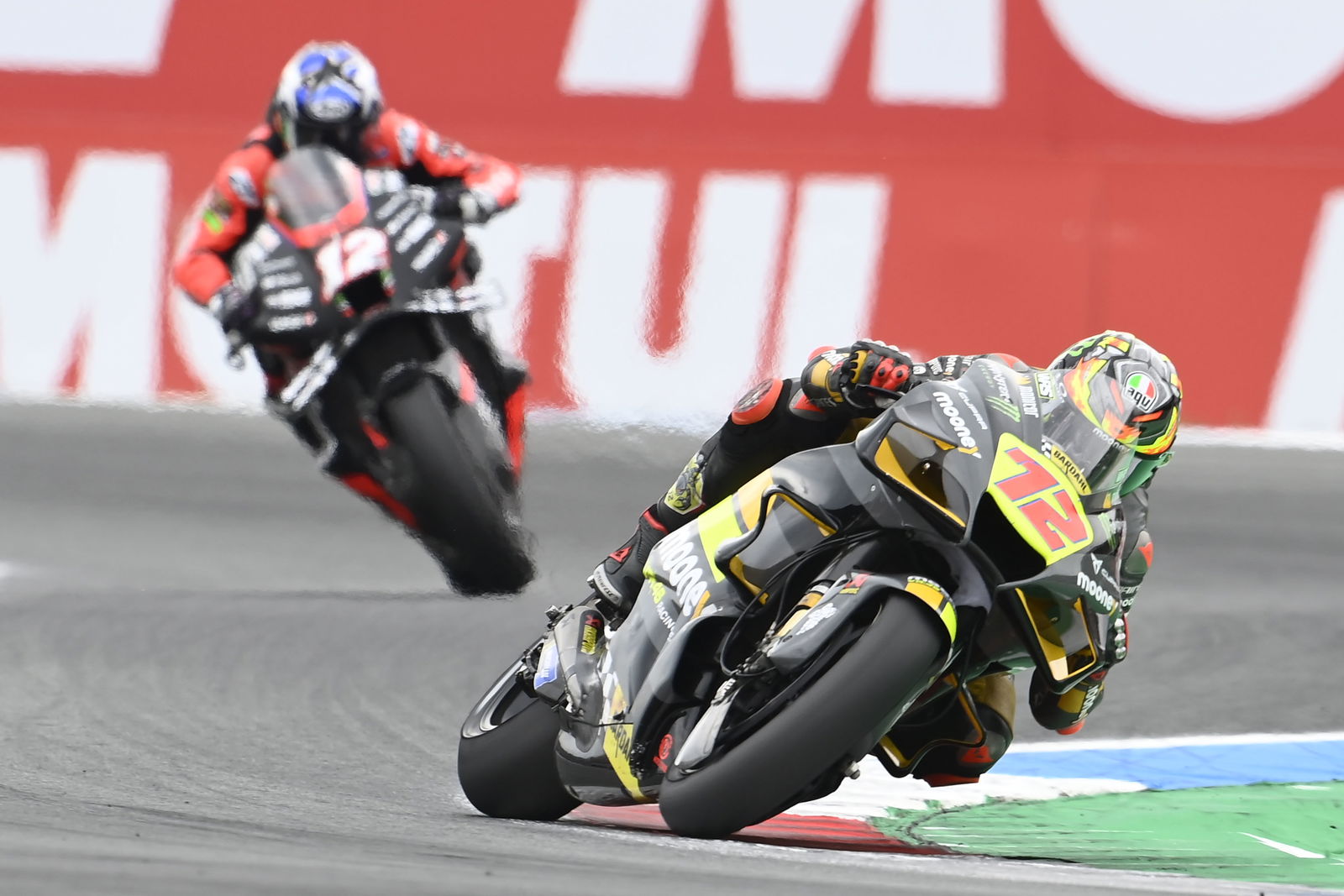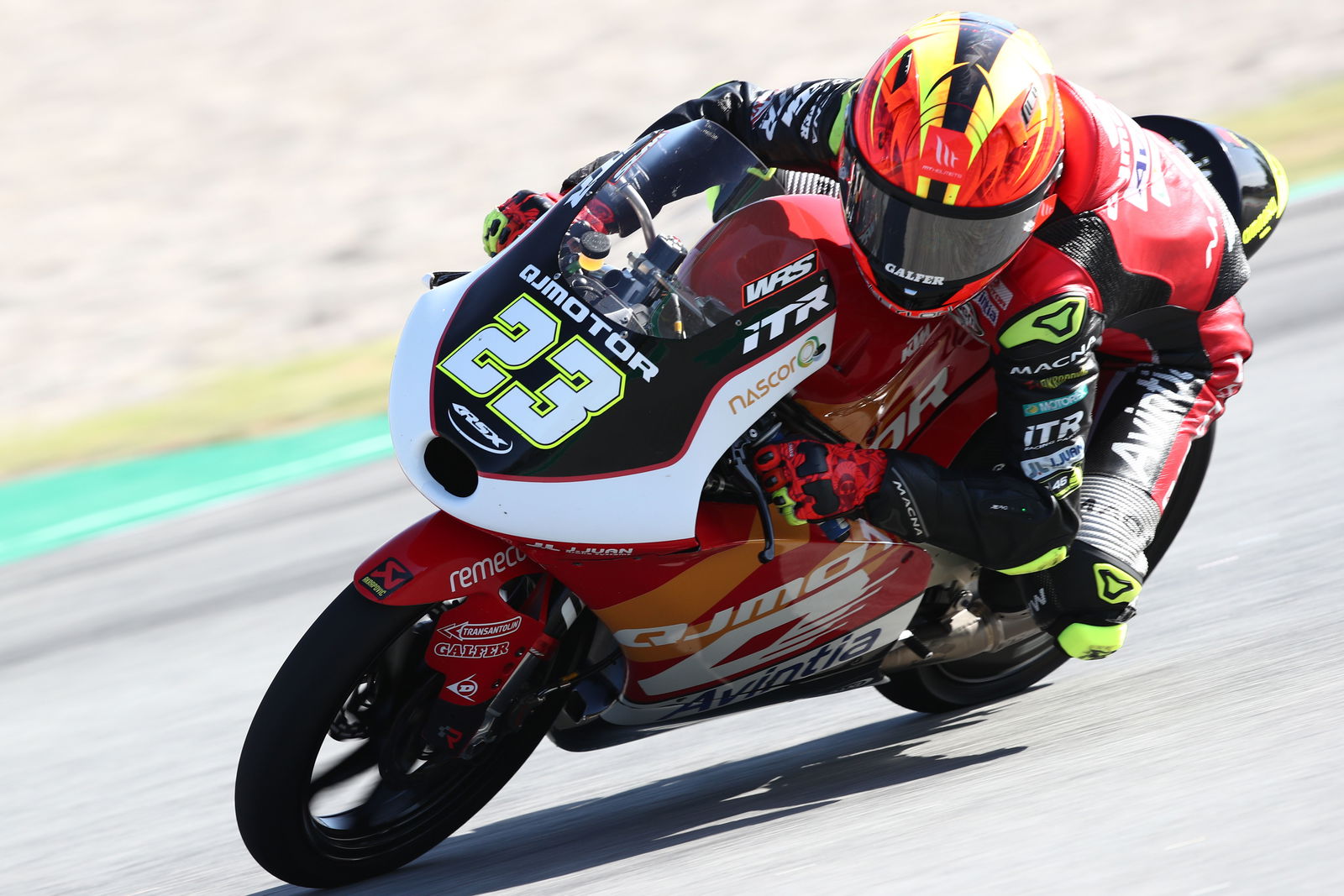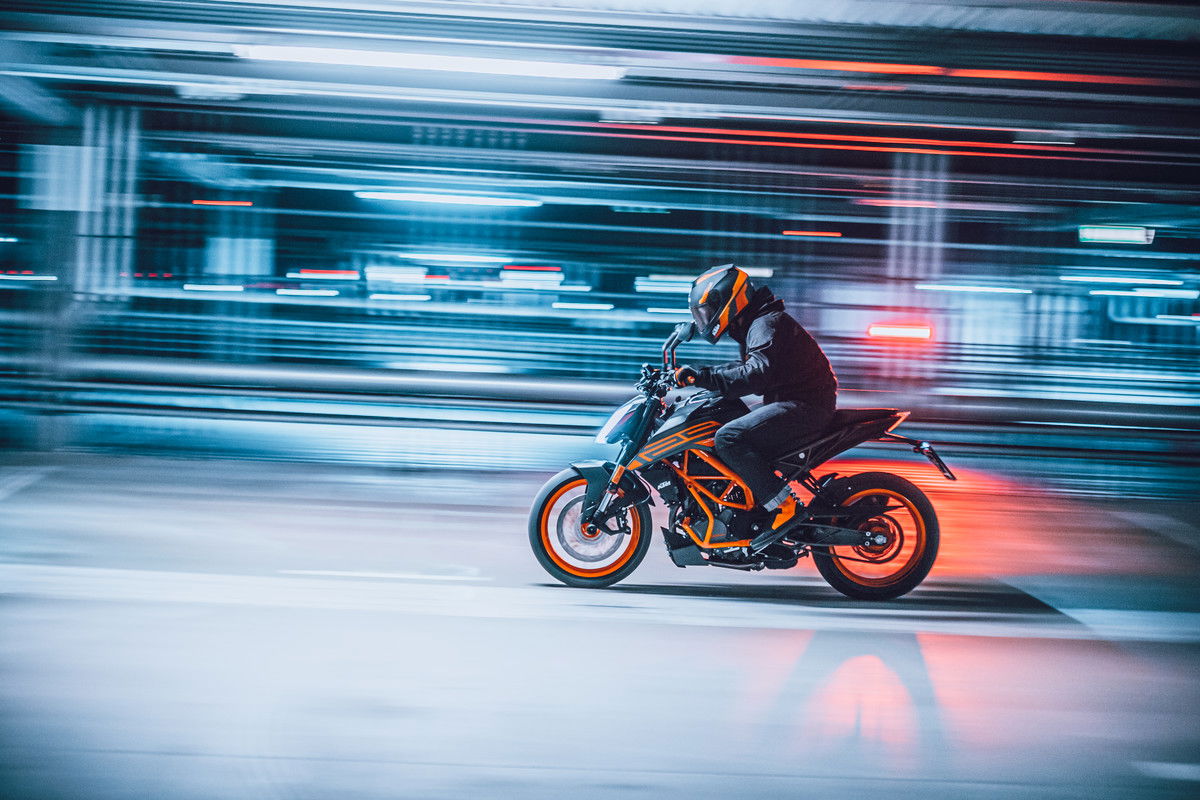New Chinese motorcycle manufacturer PFMoto to launch in August
PFMoto is about to be launched in China, with two bikes - the Gravity adventure scooter and Starship cruiser - currently in its prospective roster.

The Chinese holding group Zheijiang Geely Holding Group is well-known as the owners of the Swedish car manufacturer Volvo, as well as QJMotor. Now, they have a new Chinese brand, with a frustratingly familiar name.
CFMoto has become relatively well-established over the last few months in the European view of Chinese motorcycling.
This has been helped by their sponsorship of the PruestelGP Moto3 team, with the riders Carlos Tatay and Xavi Artigas.
PruestelGP was perhaps not an obvious choice for CFMoto to sponsor, but their affiliation with KTM meant that one of the Austrian brand’s teams was a likely destination for the Chinese manufacturer’s aquamarine paint job.
But, Geely’s latest motorcycle brand, PFMoto, actually has nothing to do with CFMoto. Rather, they are more affiliated with another manufacturer-sponsor of a KTM Moto3 team that arrived in 2022: QJMotor.

QJ sponsor the Esponsorama Racing team that was previously known as the Avintia team. Of course, Esponsorama rose to MotoGP prominence with Johann Zarco in 2020, when he took a podium in Brno, and with Enea Bastianini last season, when he finished on the podium in the two Misano races in 2021.
But, Esponsorama’s seats for 2022 in the premier class of Grand Prix racing were bought by Valentino Rossi’s VR46 outfit, who scored their own first MotoGP podium with Marco Bezzecchi at the last MotoGP race, in Assen.

Meanwhile, Esponsorama is now the QJMotor Avintia Racing Team in Moto3, and while last year they fought for podiums and race wins with Niccolo Antonelli, their 2022 roster of Matteo Bertelle (who in Assen was replaced by Luca Lunetta) and Elia Bartolini have been unable to match that level of competitiveness.
Like CFMoto, QJMotor also has links with KTM, hence their sponsorship of a KTM Moto3 team, like CFMoto, although unlike QJ, CFMoto’s relationship with the Austrians can be more solidly compared with those of Husqvarna and GasGas.

But, as for PFMoto, aside from naming conventions and alignment-through-ownership, there is little in common with either CFMoto or QJMotor. The “PF” comes from Paifang, which is a traditional Chinese architectural style for the design of entrance gates.
The brand’s logo is the Greek letter “pi” (the mathematical symbol for 3.14-however-many-decimal-points-you-can-remember-it-to), and, combined with the meaning of its name, there are many curiosities.
Is PFMoto about to bring motorcycling into a new era? Will it create phenomena akin to Greek civilisation, Greek mathematical discoveries or that of the mathematical constant “pi” itself? Judging by its current line-up of prospective motorcycles, seemingly not. It is, after all, just a manufacturer of motorcycles.
“Starship” is a name that has become quite controversial in recent times, mostly thanks to Elon Musk, who - generally speaking - manages to undermine the achievements of the SpaceX company by seemingly insisting on being the constant focus of attention.
SpaceX, of course, are well-known for their Falcon 9 rocket, which manages to land either on a land-based landing pad, or on a floating, at-sea, drone ship after launching. They are also developing Starship, and the SuperHeavy booster to go with it. The plan is to use it to take people to the moon or Mars.
PFMoto’s Starship is unlikely to achieve an interplanetary reality for humanity, but it might take you from one city to another. It is a cruiser, and from the photos (renders) of it which are published on Motorrad and Moto.it, it is not an especially pretty one.
The thing with cruisers is they are supposed to have rangey power, with plenty of grunt on the bottom. What you don’t want with a cruiser - a bike on which you are supposed to relax - is to have to chase the power up the rev range like a 500cc Grand Prix bike, and hussle it through the corners to keep momentum up.
The looks, generally speaking through the history of cruisers, reflect that. Deep colours, and curved lines present a welcoming visual for the biker who wants a relaxing, laid-back cruise, rather than a spine-tingling, hair-raising dash through mountain roads.
The Starship does not seem to achieve this. It is white and black, like a Toyota iQ, or the set of Ex Machina. It looks like it might be electric and, in fairness, an electric motor would provide that instant torque to make a ride about as relaxing as possible.
But, the great, long side pipes and V-shaped engine block indicate that this is not an electric. It’s a traditional, internal combustion cruiser. And that’s fine, but the visuals just don’t match.
While the Starship looks like the set of a sci-fi film, the Gravity shares its name with one. It’s a scooter, which (with a bit of a stretch) you could equate to a motorcycling equivalent of whatever a jet pack is to a spaceship. It’s not the most powerful, and it’s mostly designed for smaller journeys in built-up areas.
There aren’t many ‘built-up’ areas in space, of course, but about as close as it gets is the International Space Station. In the film Gravity, the main character uses a jet pack ordinarily used to get around the Space Station to travel from the ISS to the Chinese space station. That is quite the trek, and perhaps the naming of PFMoto’s scooter (which in fairness seems to be in the mould of an adventure scooter) indicates its prospective long range.
Now, all of this is said in anticipation of PFMoto’s launch, which Motorrad reports will be in August 2022. Perhaps by then, this new manufacturer will have changed the appearance of the Starship, and the specifications of the Gravity will be made more clear.

